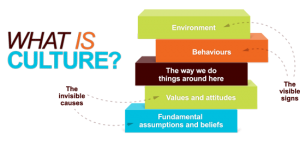If the United Nations was fully funded why would we need the Arc or social enterprise?
Social enterprise is a foundation in which citizens of the world can engage in mutual learning, whereas the United Nations focuses on humanitarian affairs and conflict reduction. While the state of society should be greatly improved if they were to be fully funded, many of its sectors do not get involved with the community directly. Instead, initiatives are based on donating resources, overseeing international law, and leading human rights campaigns to provide awareness, all of which remain impactful in the big picture.
However, social enterprise connects with the global community in a way that the United Nations cannot. For instance, similarly to Osei Duro, a social co-operative called Re-Wrap employs disadvantaged women in India to make reusable cotton cloth bags and scarves. Through providing the community with an ethical workplace, it allows its employees to gain economic independence and avoid potentially dangerous working environments. In addition, Re-Wrap allows for their employees to work remotely to meet the increasing demand for their goods. As a result, these employees are gaining entrepreneurial skills and are able to generate supplementary income for their families, or start their own small business. In return, Re-Wrap is able learn about the local culture and become a part of a growing economic neighbourhood.
The United Nations would not be able to connect with communities the way that Re-Wrap does. In a way, they are micro-financing the future careers of their employees and promoting competency in a variety of skills, instead of simply dropping resources, leaving, and hoping that the community will teach itself how to become sustainable. The effort that social enterprises and the Arc Initiative make towards integrating themselves into the community makes all the difference in maintaining a sustainable change in society.







